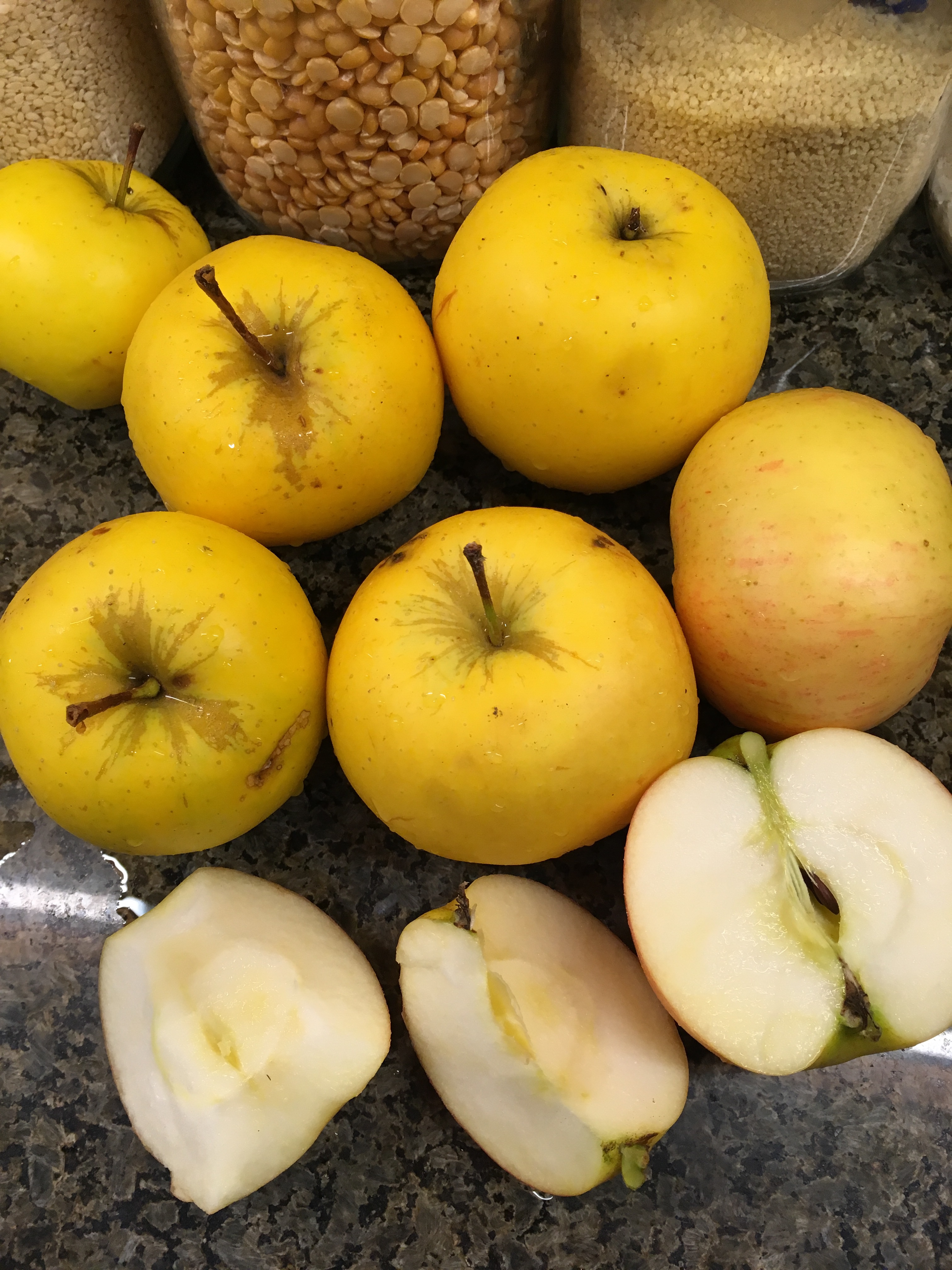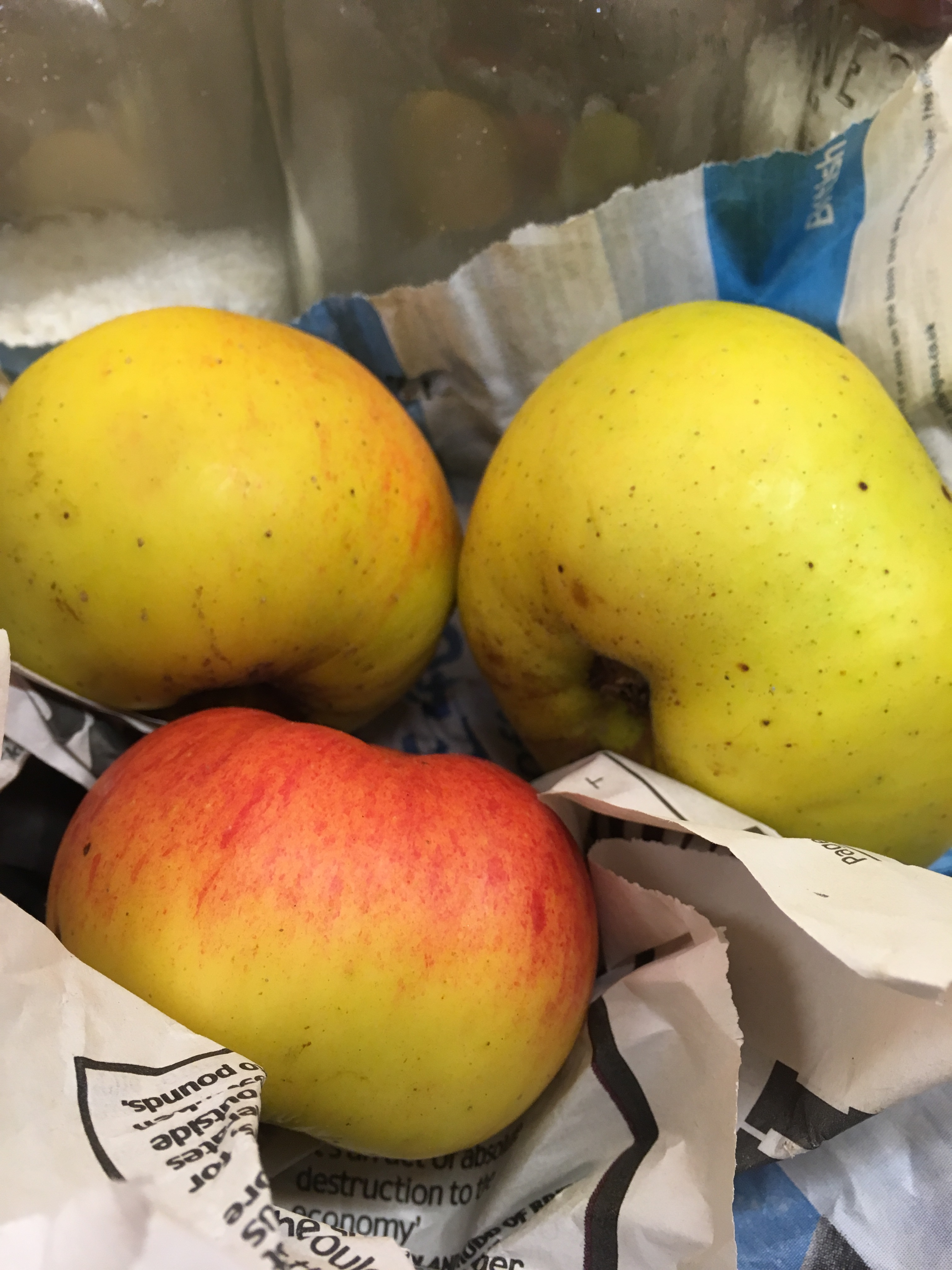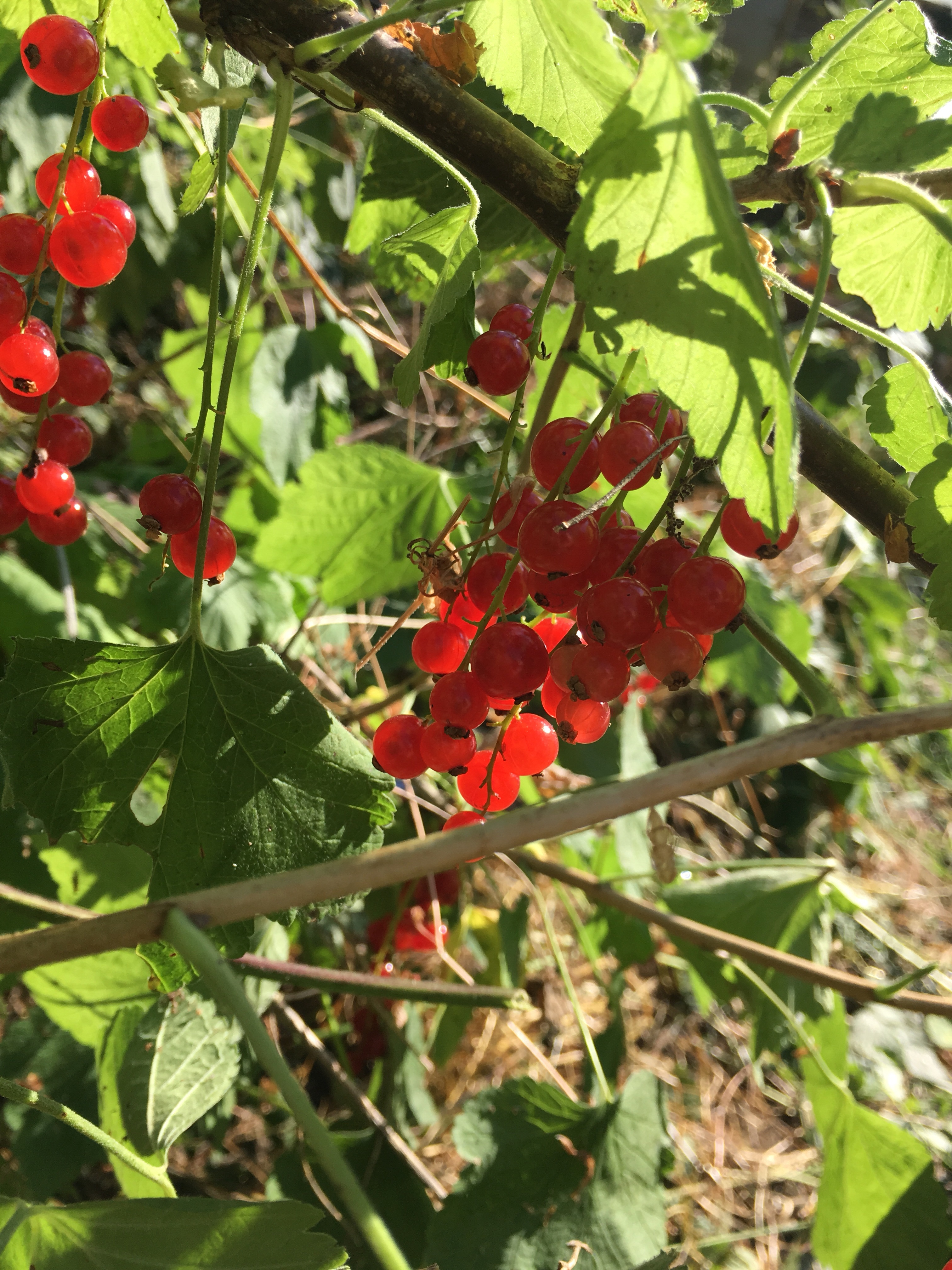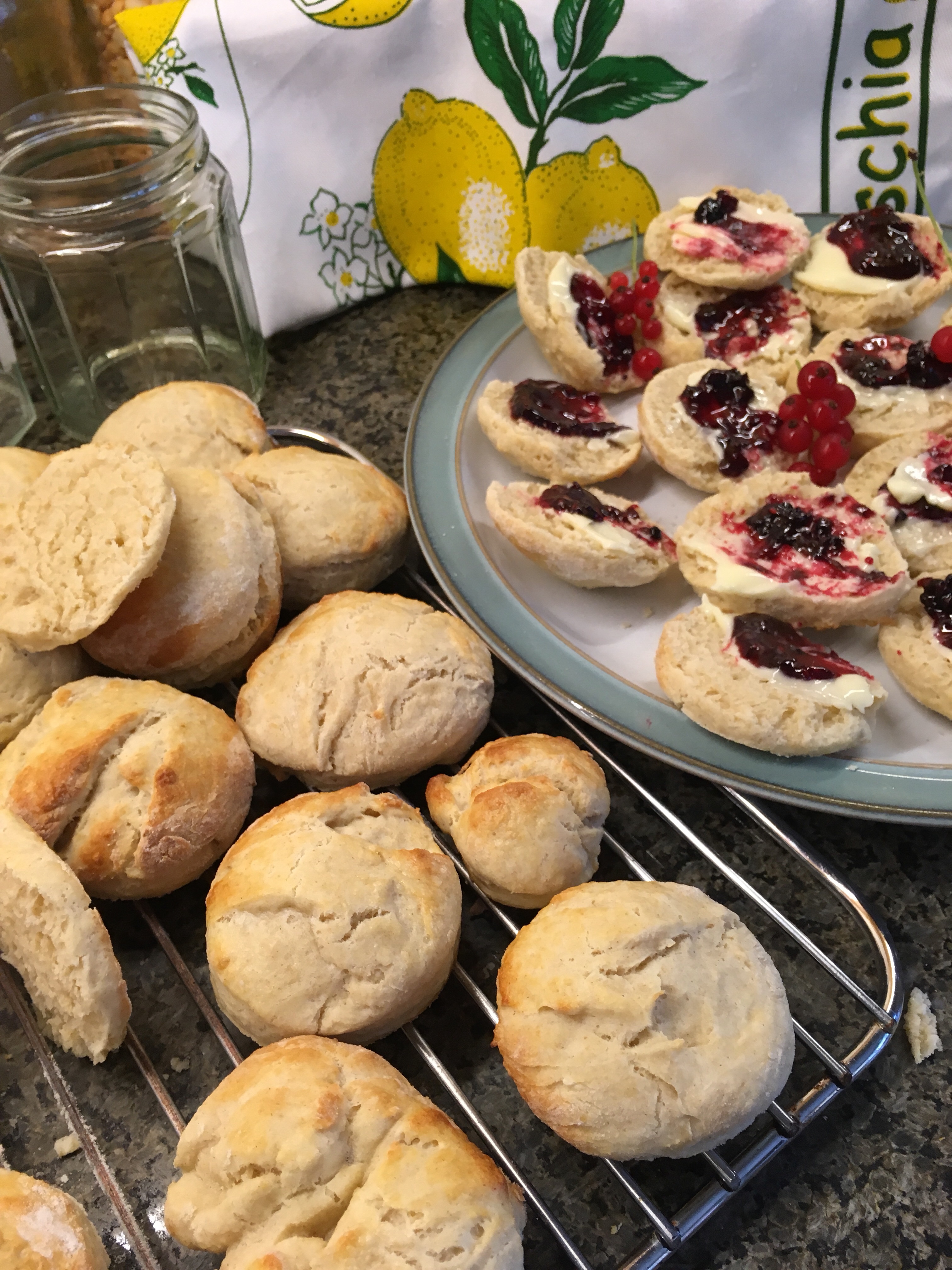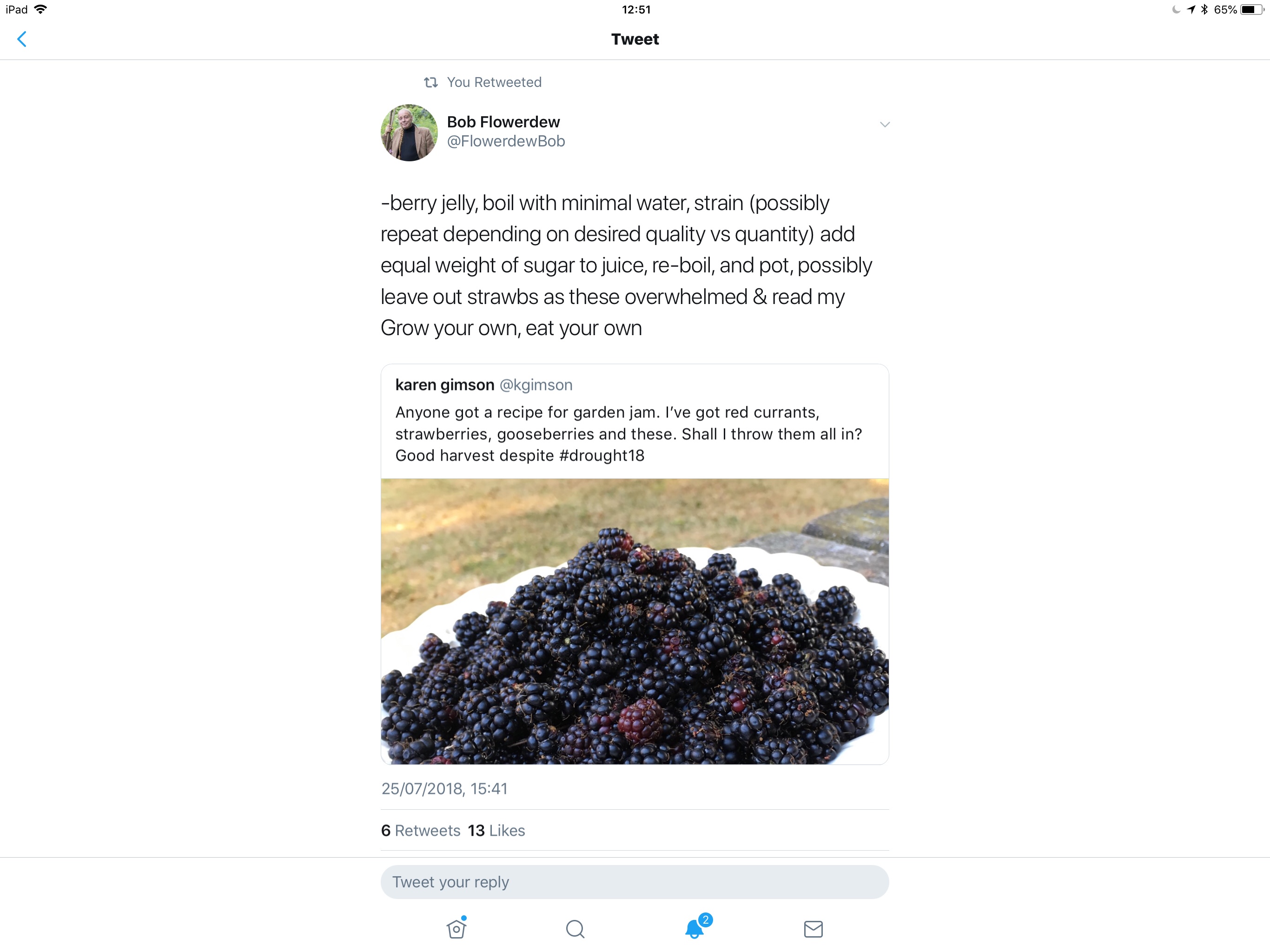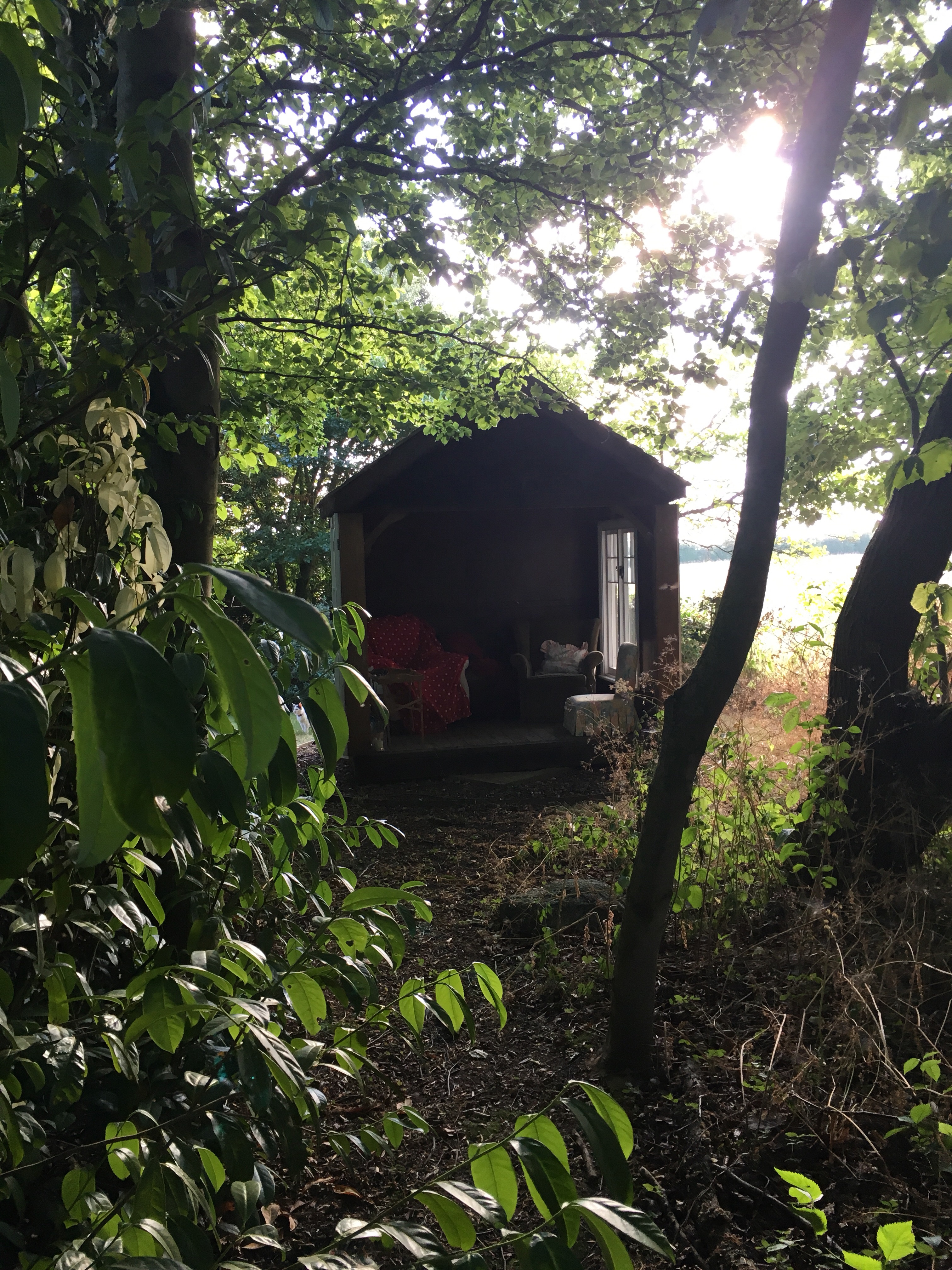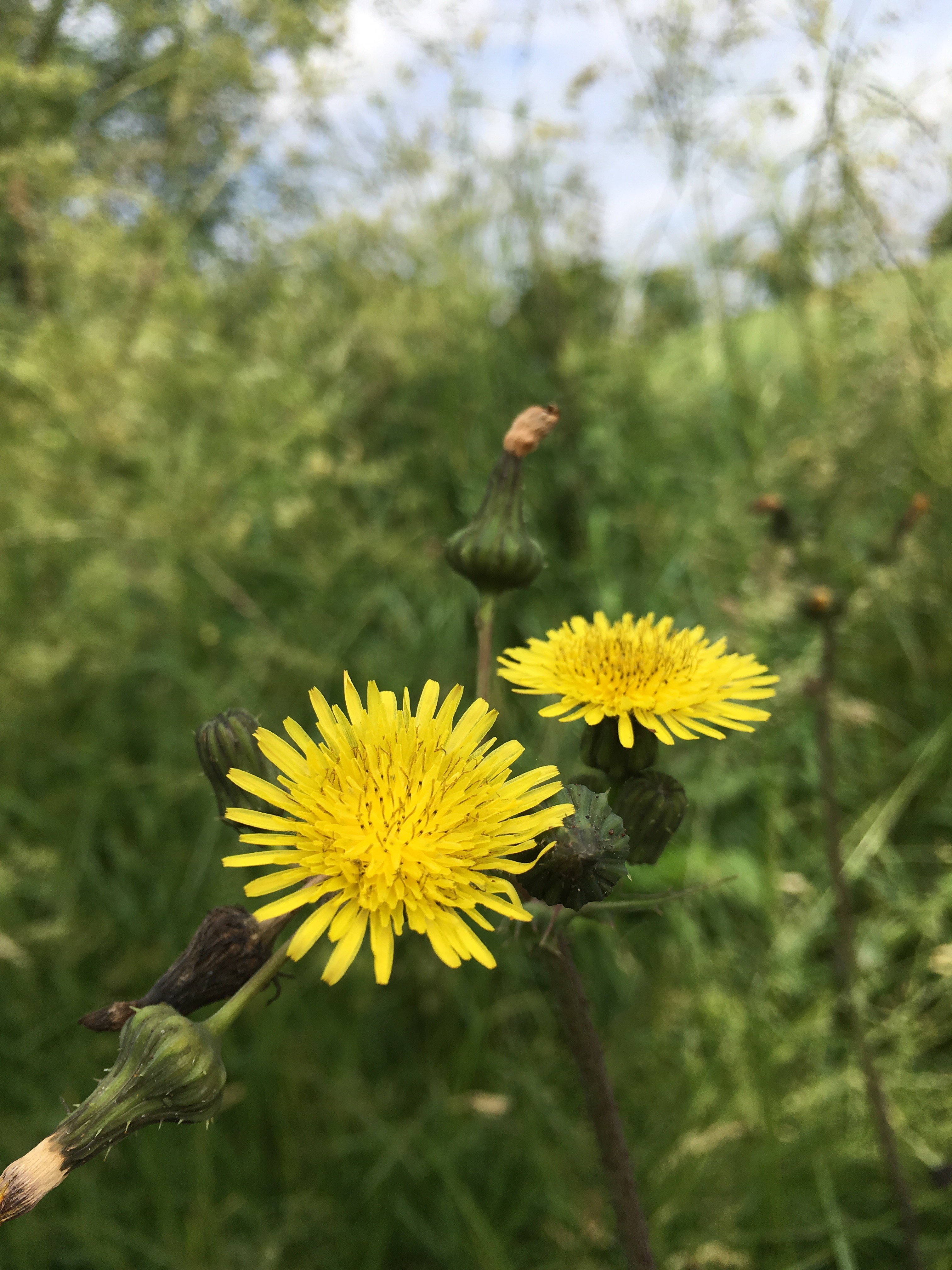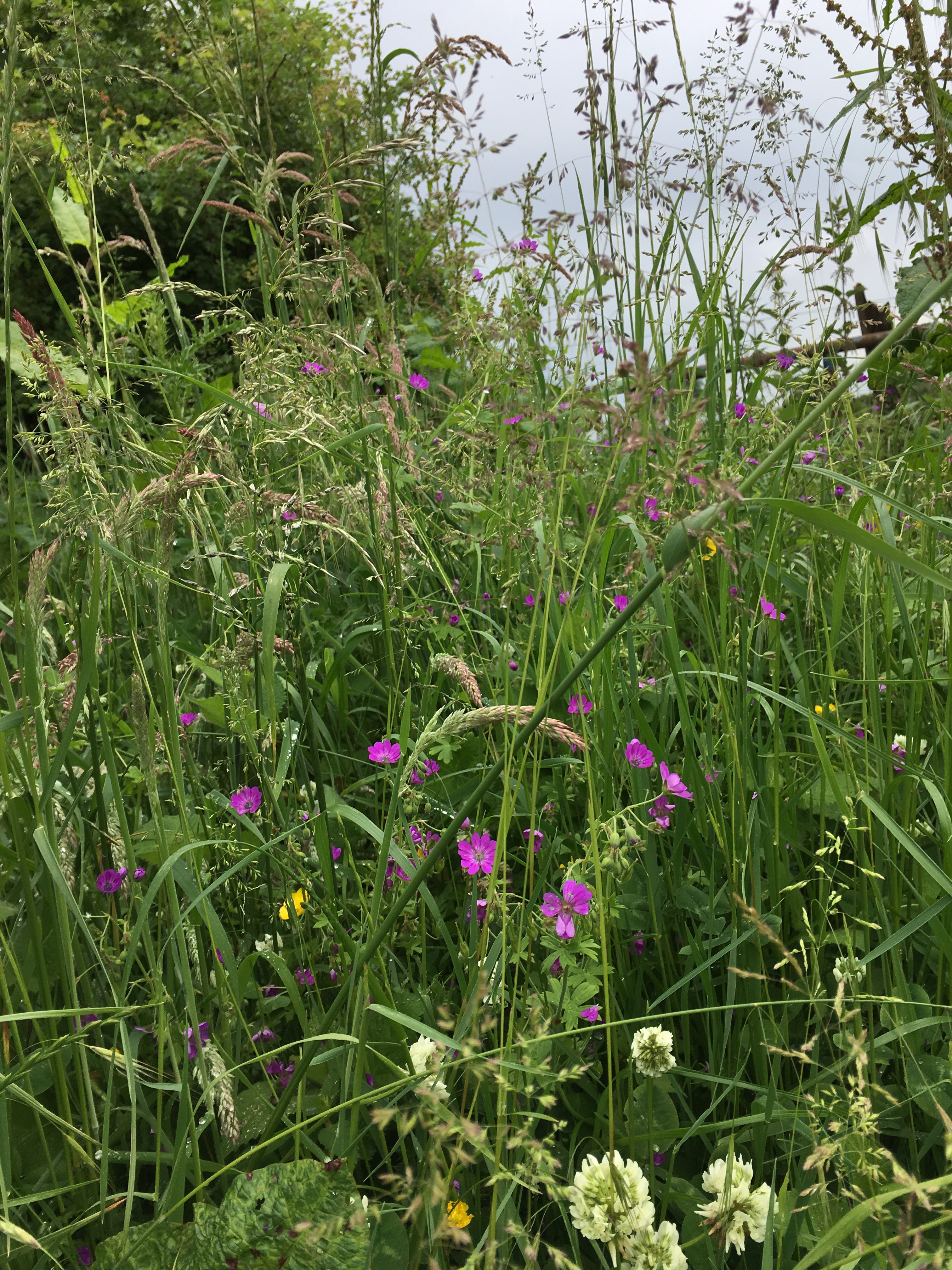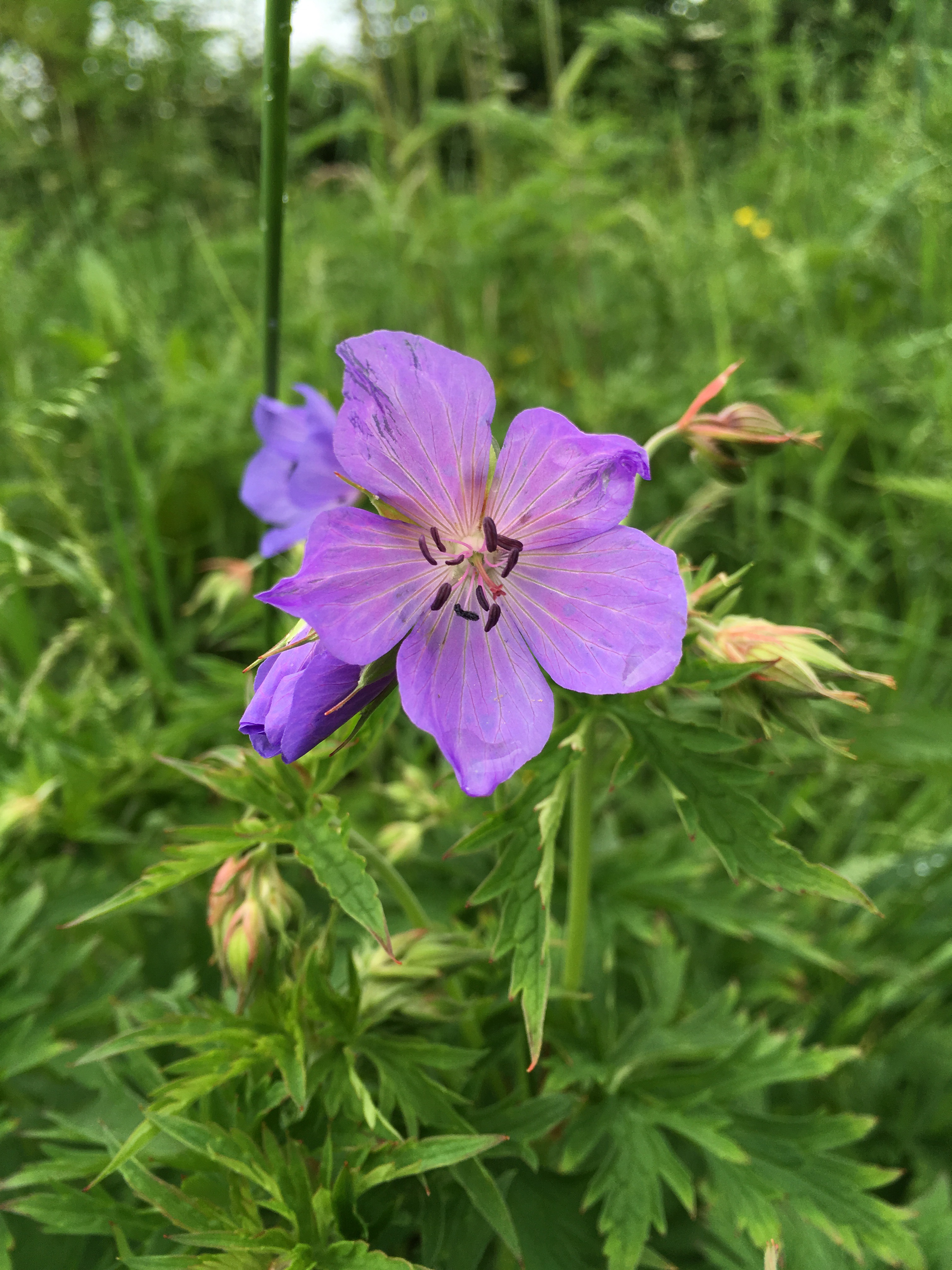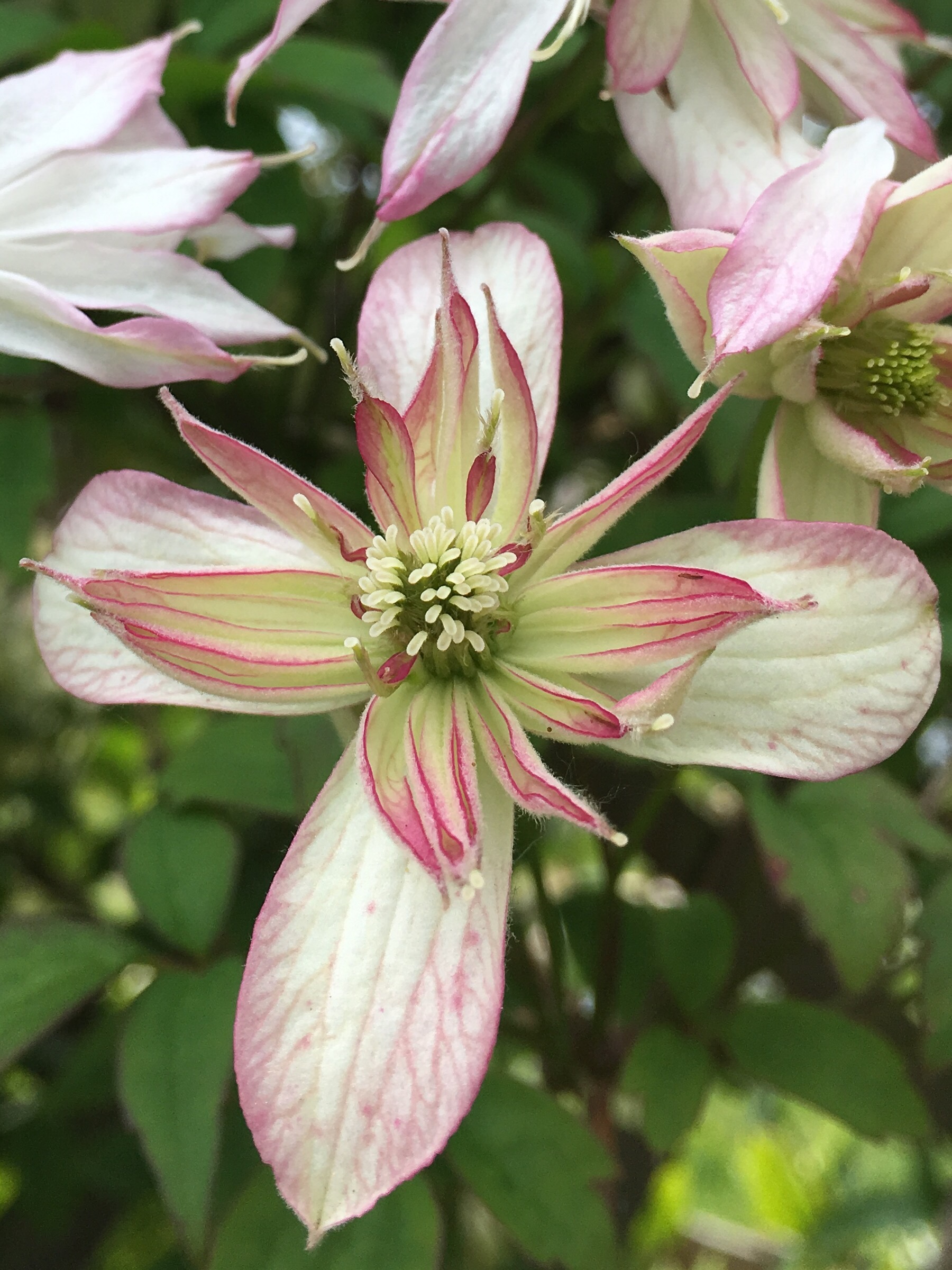By Barbara Segall
Photos by Clive Boursnell
Published by Frances Lincoln, autumn 2022
Hardback RRP £22
ISBN 978-0-7112-5260-8

One of my favourite things is to jump in the car and travel to a garden I’ve not seen before. It doesn’t matter if the garden is large or small, there’s always some planting combination or landscaping idea I jot down in a notebook, hoping to replicate it in my own garden one day.
The gardens of the South East of England are still a mystery to me. My car hasn’t ventured that far yet. But I’ve just read Barbara Segall’s exciting new book featuring 20 gardens in that region, and I’m getting out the map book already!

One particular garden in the book struck a chord with me. Balmoral Cottage in Benenden, Kent, where the owners grew many of the plants from divisions and cuttings from their parents’ gardens. Charlotte and Donald Molesworth bought the cottage nearly 40 years ago. Barbara tells the story of how Donald, a professional gardener, had been working next door at The Grange, the former home of Collingwood ‘Cherry’ Ingram – the plant hunter credited with returning endangered cherries to Japan.
Barbara writes, “That moment when you meet your future down a little lane, see a gate and opening it find the rest of time ahead of you…..? Well, that is literally what happened when Charlotte and Donald Molesworth found and bought Balmoral Cottage in Benenden in 1983.
For eight years Charlotte had been living in and teaching art at Benenden School, and on walks around the village, often stepped along the rough track leading to this tiny house, which had the best sunsets imaginable. Probably named Balmoral to celebrate a visit of Queen Victoria to Benenden, it was the gardener’s cottage for the Grange.
The Molesworths brought with them to Balmoral Cottage the first of many animals to share their garden lives, including bees, rescue dogs, donkeys (there have been nine) and companion sheep, hens and a cockerel.
They knew that they would need plenty of plants to make their garden and, being thrifty and resourceful they brought many plants from their parents’ gardens. From Donald’s family came woodland trilliums, dog’s-tooth violets and narcissus pseudonarcissus which have self-seeded and spread down each side of that original track. Charlotte’s mother’s garden was packed with old fashioned roses, cottage-garden plants and topiary, so her contributions included double white primroses and several thousand box cuttings.”
I love the fact they have created a special and unusual garden on a shoestring. They avoid buying anything new, scouring reclamation yards for potential items for recycling. “It’s our policy for helping Mother Earth,” they say. It’s resulted in a garden that makes you feel anything is possible. It’s not dependent on how much money you have, but on ingenuity, patience and skill. A very reassuring message for any would-be gardener, and one I welcome entirely.

I’ve picked out just one of the 20 stunning gardens explored by Barbara Segall in this richly detailed book. There’s a lovely mix of the extremely grand to the small and intimate. All are privately owned. Some have been in the possession of the same family for many generations, whilst others have recently been acquired and transformed by new owners. There’s a wonderful diversity of landscaping styles and a range of planting from traditional herbaceous borders to fashionable and contemporary prairies.


Barbara is a totally engaging writer who draws you into the gardens and skilfully sifts out the essence of what makes them special. Not a word is wasted and reading her books is so easy. It’s a pleasure to skip through the pages and be transported to these glorious places.
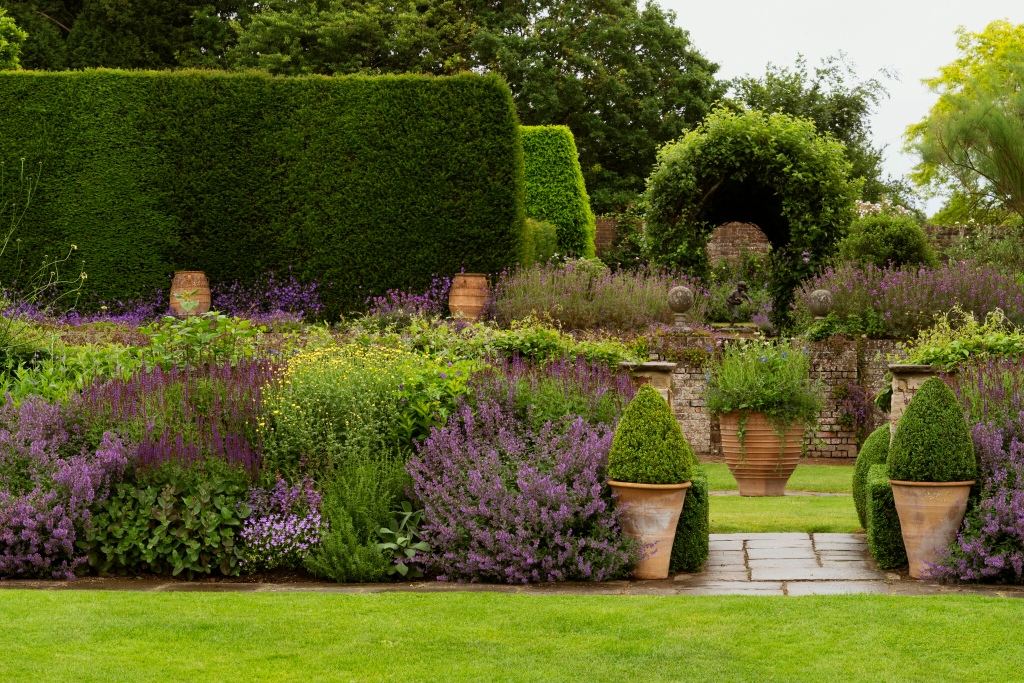
The book includes visitor information about the gardens profiled as well as several others in this garden-rich area of Kent, Sussex and Surrey. Some open for the popular National Gardens Scheme, while others are open privately, and in some cases, for just the occasional day for charity.


Special mention must be made of the photographs by Clive Boursnell who initially visited 40 gardens and travelled 12,500 miles for this stunning project. Sadly, only 20 could be included in the book. But he talks about the warm welcome he received at every garden, as he travelled about in his camper van, capturing the atmospheric dawn and dusk photos. He turned up during a daughter’s wedding that was taking place in one garden. The owners, not phased by his appearance in the middle of a celebration, made sure he could get his photos of a particular rose trellis at its peak. Such small details and asides give an insight into the characters behind the gardens, their passions and their personalities.

Barbara writes: “I hope you will find much pleasure in the book and visit the gardens when possible…opening garden gates to find untold beauty.”
I know that I enjoyed every page and can’t wait to investigate the gardens further.




The publishers are giving away one book in a prize draw to readers who leave comments below. One name will be randomly selected. Sorry, only open to UK entries due to postage costs. The draw closes at 6pm on 21st October.
I wrote about Barbara here:
And Barbara’s previous books:
https://bramblegarden.com/2017/08/14/words-and-pictures-3/
Thank you for reading my blog. I hope you enjoy these words and photos from Barbara’s latest book. It was my book of the week on local radio gardening shows earlier this summer.

